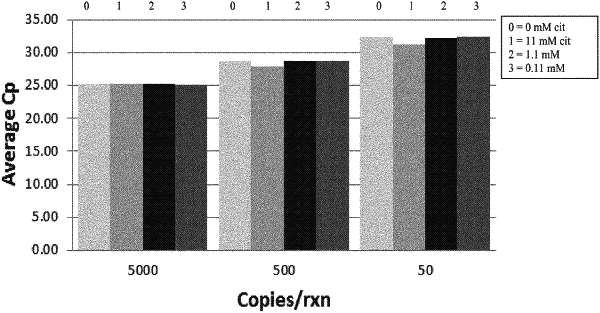| CPC C12Q 1/6806 (2013.01) [C07D 307/60 (2013.01); C12Q 1/6809 (2013.01); C12Q 1/6846 (2013.01); C12Q 1/6888 (2013.01); C12Q 2527/125 (2013.01)] | 5 Claims |

|
1. A method of verifying a detection result for a test sample in a nucleic acid amplification assay, the method comprising
(a) performing sample preparation on a mixture comprising a test sample and an inactivated microbe, comprising preparing a sample preparation mixture comprising exogenous inactivation of an infectious microbe, wherein the infectious microbe is in a formulation of an internal control reagent, the method comprising: (i) exogenously contacting the infectious microbe containing an internal control nucleic acid with an effective amount of citraconic anhydride, thereby inactivating the microbe while preserving the integrity of the internal control nucleic acid sequence, and (ii) contacting the infectious microbe with a sample preparation reagent, and wherein prior to contacting the infectious microbe with the effective amount of citraconic anhydride, the infectious microbe comprises a proteinaceous outer surface comprising at least one primary amine group, wherein the infectious microbe is a bacteriophage, wherein the internal control reagent is a full process internal control reagent, and wherein the sample preparation reagent is selected from the group consisting of a protease, a solid support material, and a lysis buffer, wherein the sample preparation releases nucleic acid from both the test sample and the inactivated microbe;
(b) performing nucleic acid amplification on the released nucleic acid; and
(c) detecting the control nucleic acid target, thereby verifying the detection result.
|